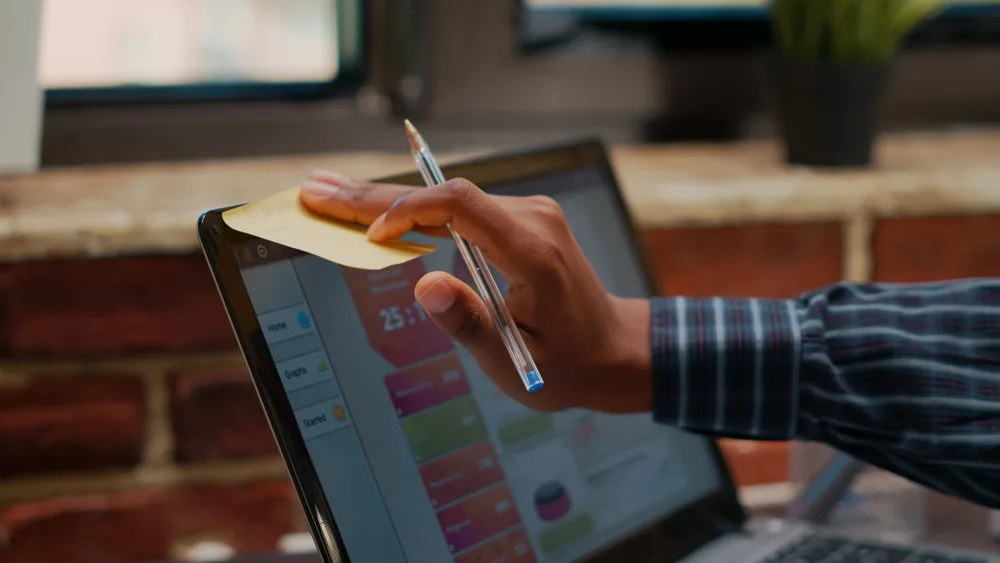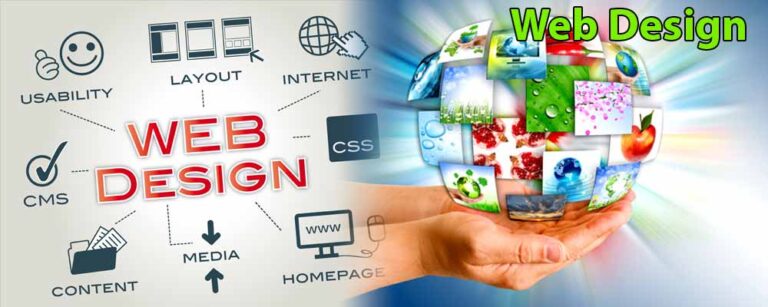A Comprehensive Guide to Choosing the Right Product Design Software
Introduction
In today’s fast-paced world, product design has become a critical aspect of any successful business. Whether you’re a seasoned designer or just starting, choosing the right product design software can make or break your creative process. In this comprehensive guide, we’ll walk you through the essential factors to consider, share expert insights, and provide answers to common questions. So, let’s dive into the world of product design software and ensure you make the best choice for your needs.
A Comprehensive Guide to Choosing the Right Product Design Software
When embarking on your journey to find the ideal product design software, it’s crucial to have a well-defined plan. Here’s a detailed roadmap to help you navigate this critical decision.
Understanding Your Needs
Before you start exploring the multitude of product design tool options, take a moment to assess your needs. What type of products are you designing? Are you working on 2D or 3D projects? Do you require advanced rendering capabilities? Knowing your specific requirements is the first step in narrowing down your choices.
Budget Considerations
While there are software solutions available for every budget, it’s essential to strike a balance between cost and features. Determine how much you’re willing to invest in product design software and be prepared for potential subscription fees or one-time purchases.
Compatibility and Integration
Ensure that the software you choose is compatible with your existing tools and workflows. Integration with other software applications can significantly enhance your productivity and streamline your design process.
User-Friendly Interface
A user-friendly interface can make your design work more enjoyable and efficient. Look for software that offers an intuitive and easy-to-navigate interface, reducing the learning curve for you and your team.
Feature Set
The features offered by different product design software vary widely. Consider the tools and capabilities that are crucial for your projects, such as parametric modeling, simulation, or 3D printing support. Make a list of your must-have features and use it as a guide during your search.
Industry-Specific Software
Depending on your industry, you may benefit from specialized product design software. For example, architects might require software tailored to building design, while fashion designers may need tools for textile and apparel design.
Trial Periods
Many software providers offer free trials. Take advantage of these opportunities to test the software’s functionality and suitability for your needs. This hands-on experience will give you valuable insights.
User Reviews and Recommendations
Don’t underestimate the power of user reviews and recommendations. Seek input from fellow designers or colleagues who have experience with product design software. Their insights can be invaluable in making an informed decision.
Customer Support and Training
Consider the availability of customer support and training resources. Having access to tutorials, forums, and responsive support teams can be a lifesaver when you encounter challenges or have questions.
Security and Updates
Ensure that the software you choose receives regular updates and prioritizes security. You don’t want to invest in a tool that becomes outdated or puts your work at risk due to vulnerabilities.
Scalability
Think about the future. Will the software continue to meet your needs as your projects and team grow? Scalability is a crucial factor to avoid disruptions down the road.
Licensing Options
Understand the licensing options available. Some software is available as a one-time purchase, while others require monthly or annual subscriptions. Make sure the pricing model aligns with your budget and long-term plans.
Mobile Compatibility
In today’s mobile world, the ability to work on your designs from anywhere can be a game-changer. Consider whether the software offers mobile compatibility or a dedicated app.
Learning Resources
Evaluate the availability of learning resources, such as tutorials, documentation, and online courses. A robust learning ecosystem can help you master the software more quickly.
Industry Standards
Some software options have become industry standards. While it’s essential to explore different choices, don’t overlook these widely accepted solutions.
Trial and Error
Remember that it’s okay to try multiple software options before committing. Don’t rush the decision-making process, as finding the perfect fit for your needs might take some experimentation.
Expert Insights
To provide you with a well-rounded perspective, we reached out to industry experts for their insights on choosing the right product design software.
Conclusion
In conclusion, selecting the right product design software is a critical decision for designers, engineers, and businesses looking to bring their creative ideas to life. By considering factors such as your specific design needs, team collaboration requirements, budget constraints, and the learning curve, you can make an informed choice. Whether you opt for parametric modeling software like SolidWorks, versatile solutions like Autodesk Fusion 360, or user-friendly alternatives like Tinkercad, the key is to align your choice with your project goals and resources. Ultimately, investing time in research and trials will pay off as you harness the power of the perfect product design software to unlock your creative potential and innovation.
FAQs (Frequently Asked Questions):
What factors should I consider when choosing product design software?
When selecting product design software, consider your project’s complexity, collaboration needs, budget, and learning curve. These factors will help you find a software solution that aligns with your specific requirements.
Is there a one-size-fits-all product design software?
No, there is no universal product design software that suits all projects. The right software depends on the nature of your project, your team’s skillset, and your budget. It’s essential to evaluate various options to find the best fit.
How important is 3D modeling capability in product design software?
3D modeling is crucial for visualizing and testing designs in a realistic environment. Most product design projects benefit from 3D modeling, making it an essential feature to consider when choosing software.
Can I use free product design software for professional projects?
While some free product design software options exist, they may have limitations in terms of functionality and support. For professional projects, it’s often advisable to invest in a paid software solution for better features and assistance.
What role does cloud collaboration play in product design software?
Cloud collaboration allows multiple team members to work on a project simultaneously and share files easily. It enhances teamwork and streamlines the design process, making it a valuable feature for collaborative projects.
How can I assess the learning curve of a product design software?
A6: To evaluate the learning curve, consider your team’s familiarity with similar software, available training resources, and the software’s user interface. Opt for software that aligns with your team’s existing skills and offers accessible learning materials.
Can I switch product design software once I’ve started a project?
Switching software mid-project can be challenging and time-consuming. It’s best to choose the right software from the beginning. However, if necessary, plan a transition carefully, considering data compatibility and training requirements to minimize disruptions.







